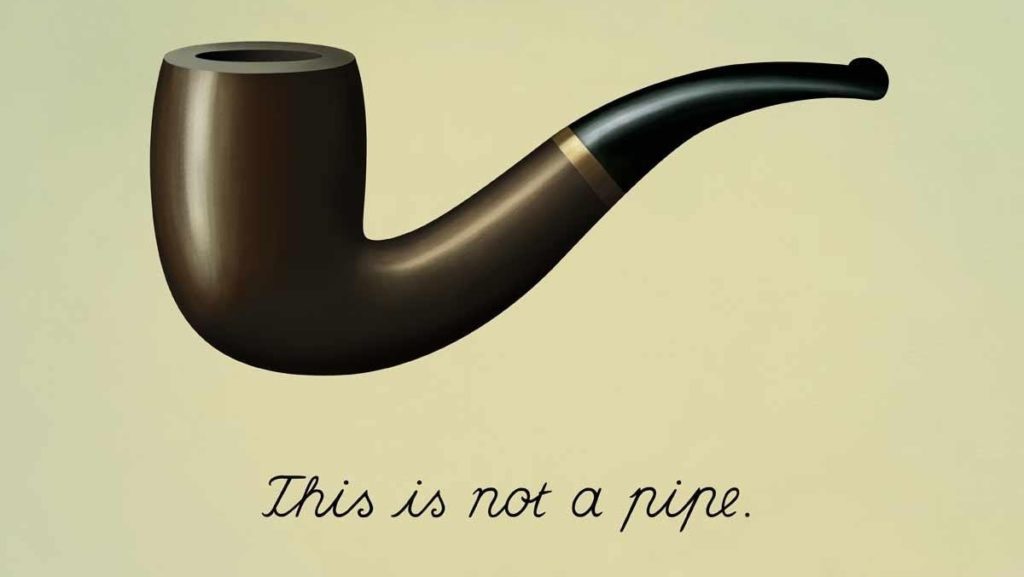Successful naming involves much more than creativity and rigor. Psychology also plays an essential role. With that in mind, we’ve taken note of a number of presuppositions and biases that risk becoming client pitfalls. To keep our naming efforts on track, we work to help our clients avoid them. A rogues gallery of the most common:

1. The Magic Word. The mistaken belief that the best name will floor you the instant you hear it. Owning a name with sheer stopping power might be a good thing in some cases but in many we suspect its over-rated or even misleading. Allow for a name that can grow in richness and meaning over time, as marketing builds meaning around it and customers find a place for it in their lives.

2. The Candy Store. The mistaken belief that there’s always a better name somewhere out there, if only you keep on looking. There is no best name.
The name candidate you don’t choose today will be the one your competitor takes up tomorrow. Often, any of several candidates might do just fine. What really matters is to choose a name that supports the strategic goals of the business and expresses the spirit of the brand.
In general, a few solid rounds of well-grounded exploration are enough to give you all the options you need.

3. The Contest. The mistaken belief that if you give enough team members enough of an incentive, surely one of them will discover the winning name. Contests may be fine for CPG companies looking to build excitement around a new style of sneaker or flavor of ice cream, but for a company seeking to rename itself or launch a new brand, no.
Not to dismiss the boundless creativity that lives within organizations, but contests designed to yield a new company or brand name are almost certain to fail. For starters, consider the sheer extent to which “the naming estate” is already owned.
In most categories, the obvious, easy-to-think-of names have already been taken. Mining the creative veins where the most promising candidates are likely to live takes time
—far more than most contestants have the energy or interest to give

Related Pitfalls: Thesaurus Rex: The mistaken belief that if you sit down with a clear mind, a fresh pot of coffee, and a good thesaurus success is sure to follow. The Spaghetti Exercise: The mistaken belief that if your team throws enough sticky notes at the wall, a winner is certain to surface. A long time ago, when the naming universe was young, expecting these kinds of efforts to yield results was probably more realistic. And, look, such activities can still be valuable—for unearthing directions for further exploration.

4. TThe Match Game: The mistaken belief that any name candidate that triggers an unfavorable top-of-mind association should automatically be rejected. Sure, if we generate a name candidate that reminds everyone in the room of a stanky fish, we need to take note and yank it. But sometimes an individual with decision-making authority will fixate on an association that’s purely personal. (“Sounds like what I call my dog when I’m mad at him.”) In such cases, our job is to gently point out the nature of this bias and encourage the individual to maintain an open mind.
At first sight, name candidates are nothing more than words on paper. They lack a real world or marketing context. In such a vacuum of meaning, people can’t help but supply their own.
For stubborn folks who insist that their personal biases take precedent, we might also point out that we can poke fun at any name whatsoever. (Go ahead, try us!) Unkind puns or scatological references are easy to come by. Name-calling is naming’s faithful shadow. [See Trump, Donald J.] No name enjoys absolute immunity from ridicule. If we can get the holdouts to laugh, they tend to lighten up and let go.

5. One and Done: The mistaken belief that simply arriving at consensus around a name is the end of the challenge. Once you’ve landed on a name, you have not arrived at the beginning of the end but the end of the beginning. Trademark review remains the next step. [See the excellent post from my colleague Graham.] From there, you will need to develop a logo. You will need to socialize the name (and identity) within your organization, among your customers, and to the world at large. All of which takes planning. By factoring all of this into your process in advance, you will avoid missing critical timing targets. By thinking through each step, you can help ensure adoption and a favorable response.
As you move forward, may you maintain naming mindfulness at all times. From our spirits to yours, nameaste.
